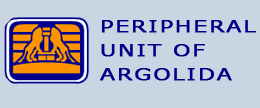The Monastery of St. Theodosios (Panariti)
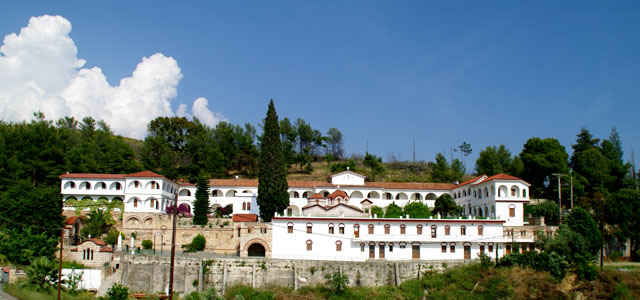 |
||
|
For the citizens of the prefecture of Argolida, this Monastery holds a spiritual, religious significance. It rests just outside the region of "Panariti", roughly 3km away; it was erected back in 880 AD by the obscure, unknown monk Theodosios, who, later on, was sanctified. Following his Assumption (922AD), the Abbey was left deserted and came back to life in early 16th century. |
||
|
In the beginning of the Venetian reign, the "Chortatsi" Cretan family, friends to the Venetians, were granted the administration of the Abbey, until it was finally devolved to the property of the Greek Estates, in 1835. The recorded year of 1942 seems highly important, since the Abbey was administered to nuns and thus, became a nunnery. Since then, the nuns have contributed and conscientiously performed their duties, involving themselves in charitable and spiritual causes, while catering for the harmonious coexistence of the complex with the surrounding, environing it. That said, the Abbey boasts a remarkable building structure, composed of churches, guestrooms and nun-solitary chambers. The first chapel to come across commemorates "The Sacred Summon"; a meeting of St. Theodosios with his contemporary St. Peter. Tradition makes mention of a miraculous event in the course of the "meeting", when St. Theodosios welcomed St Peter, holding his hood filled with burning coal, much like a censer, a thurible, without getting burnt, whatsoever. |
 The Abbey's "Katholikon" |
|
|
The "Katholikon" shadows the complex's centre in an impressive way. Speculation of it being Byzantine has yet to be confirmed, possibly owing to the fact that it has undergone sweeping changes and deformations within the years. |
||
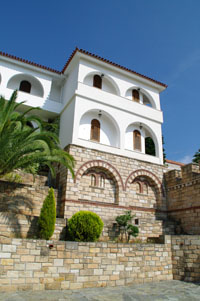 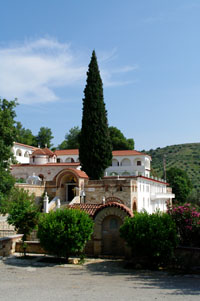 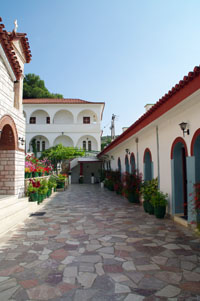 |
||
| Views of the Monastery's Dormitories | ||
|
On the Monastery's south lies the hermitage of the saint, which has become a church, in honor of the Holy Cross. |
||
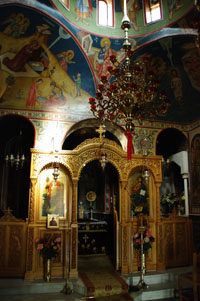 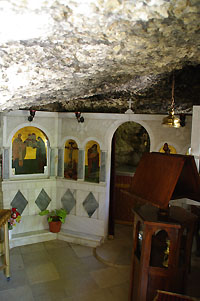 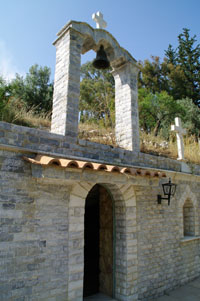 |
||
| Interior view of the "Katholikon" St.Theodosios' hermitage Exterior View of the hermitage |
||
The exact location of Church can be tracked in the section: Map |
||


